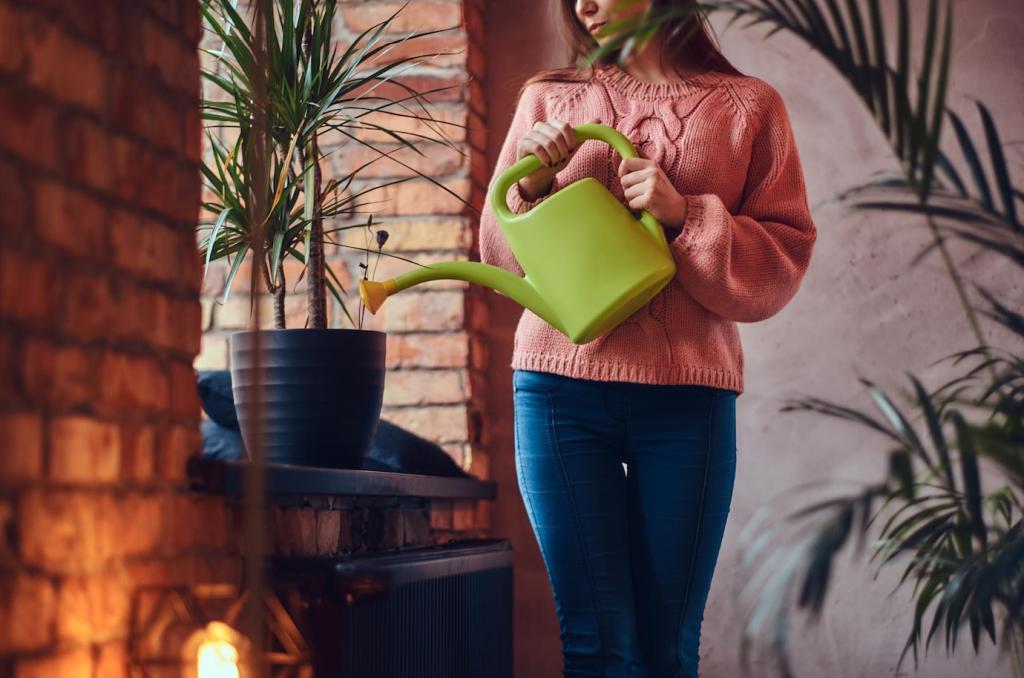Water, Heat, and the Hidden Energy You Can Save
Tankless heaters avoid standby losses and suit minimal footprints, while compact heat pump units multiply heat per watt. Insulate short runs, use low-flow showerheads, and schedule showers to align with solar abundance for delightful savings.
Water, Heat, and the Hidden Energy You Can Save
EPA WaterSense fixtures reduce flow without feeling stingy, and simple greywater routing for landscape use stretches every gallon. Less hot water means less energy, and tiny homes can implement these systems with surprisingly little complexity.









